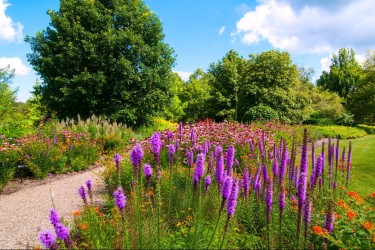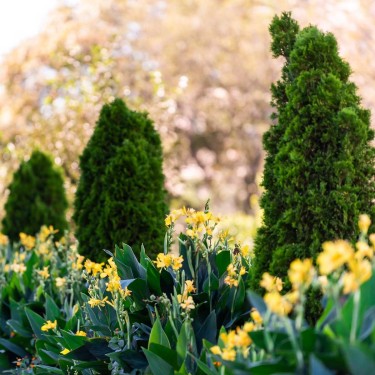Don't let your shady yard stop you from having a lively landscape. Jazz up your space with our list of the top shrubs for shade!
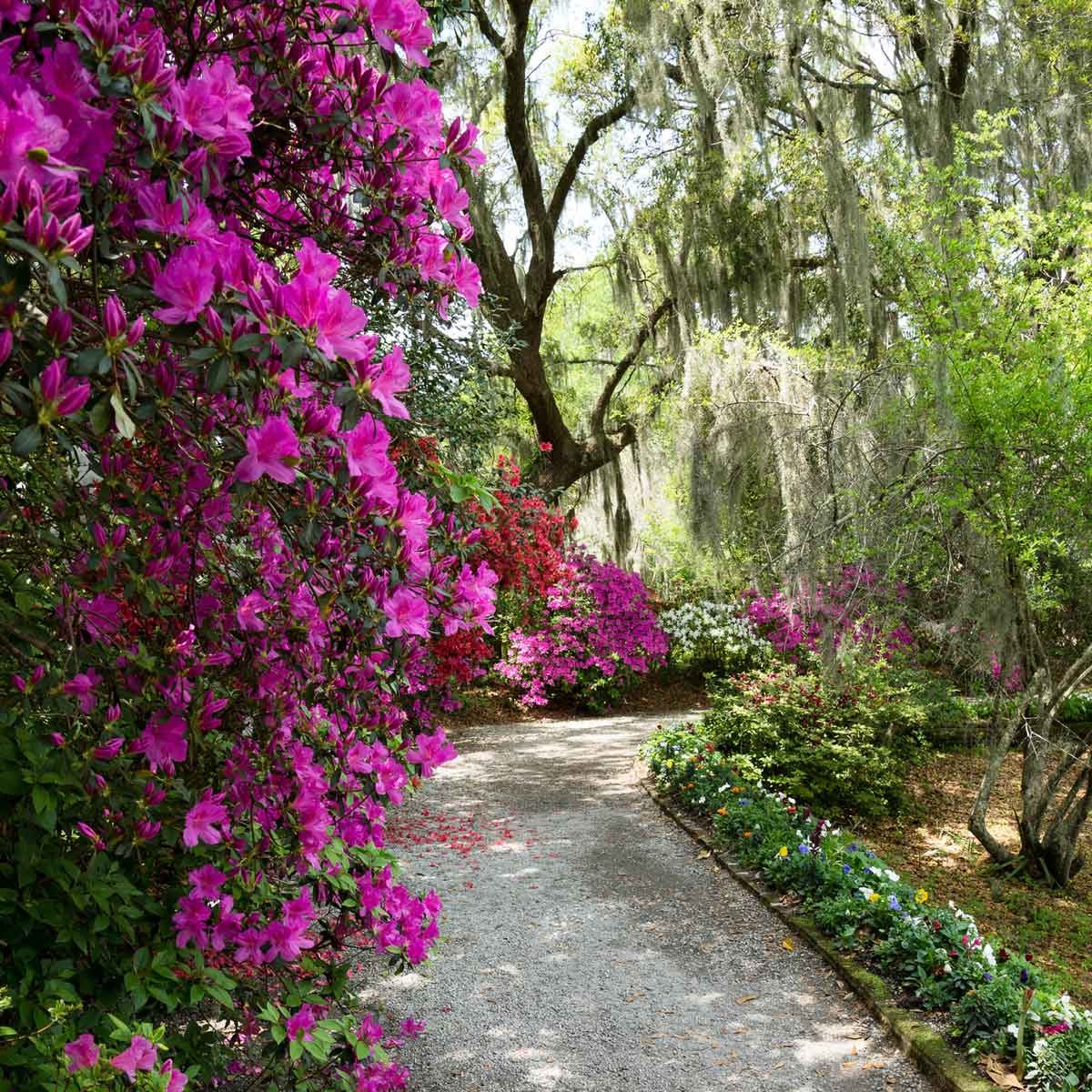
Best Shrubs for Shade
What shrubs grow well in shade? When garden expert Melinda Myers told us this was one of the most frequent questions asked during her appearances, we knew it would make a great list.
In the past, we’ve had stories on shrubs and stories on shade, but never combined the two until now. With some guidance from Myers and tips from Michael A. Dirr’s Manual of Woody Landscape Plants, we pulled together this stellar group of shrubs for shade. These recommendations should bring some life and color to the shadiest areas of your backyard.
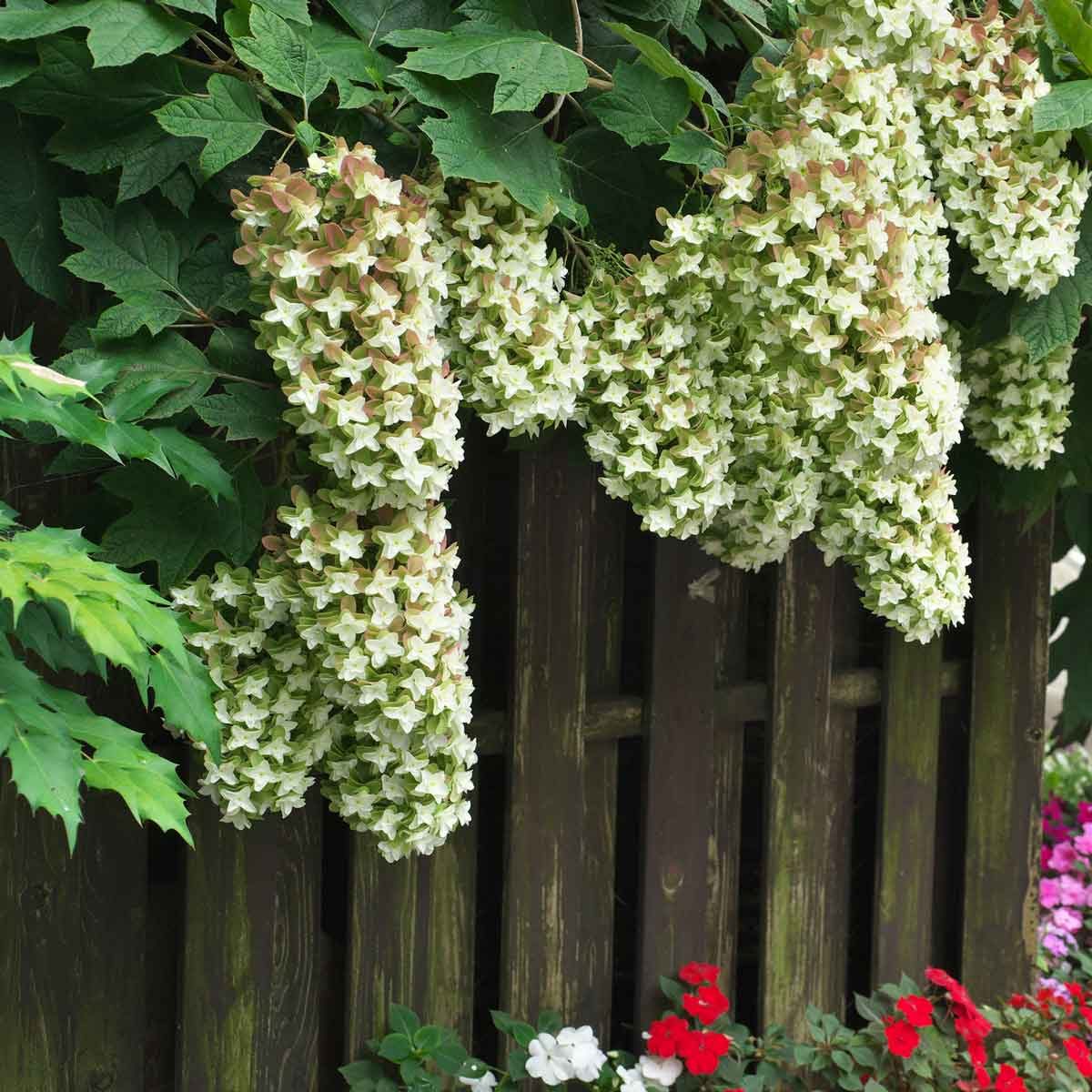
Oakleaf Hydrangea
(Hydrangea quercifolia species, USDA Plant Hardiness Zones 5 to 9.)
The white blooms on this four- to six-foot shrub change to a purplish-pink in late summer. Then the leaves take over and put on a spectacular fall show in shades of red, orange, brown and purple.
Why we love it: It combines the pretty blooms of a hydrangea and the distinctive leaf shape of an oak tree. Even if you don’t get consistent blooms, the foliage is definitely worthwhile.
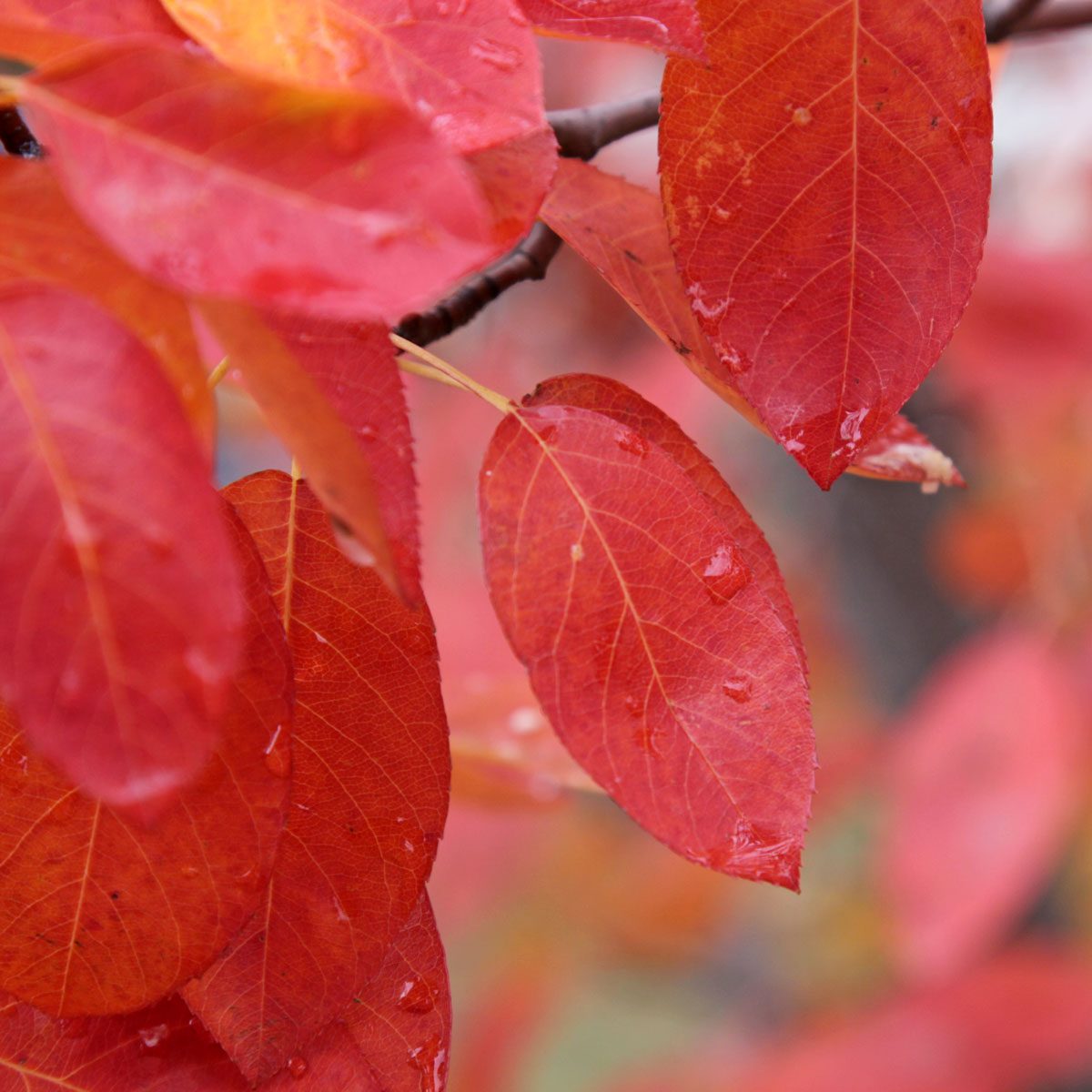
Serviceberry
(Amelanchier species, Zones 2 to 9.)
With so many types of serviceberry on the market, you’re sure to find a good fit for your yard. Spring blooms, fall color, smooth gray bark and edible June berries make it a year-round winner.
Popular choices include the Saskatoon serviceberry (A. alnifolia), developed for commercial fruit production, and the running serviceberry (A. stolonifera), a compact four- to six-foot shrub perfect for small landscapes.
Why we love it: It requires little pruning, making this one of the best low-maintenance landscaping options.
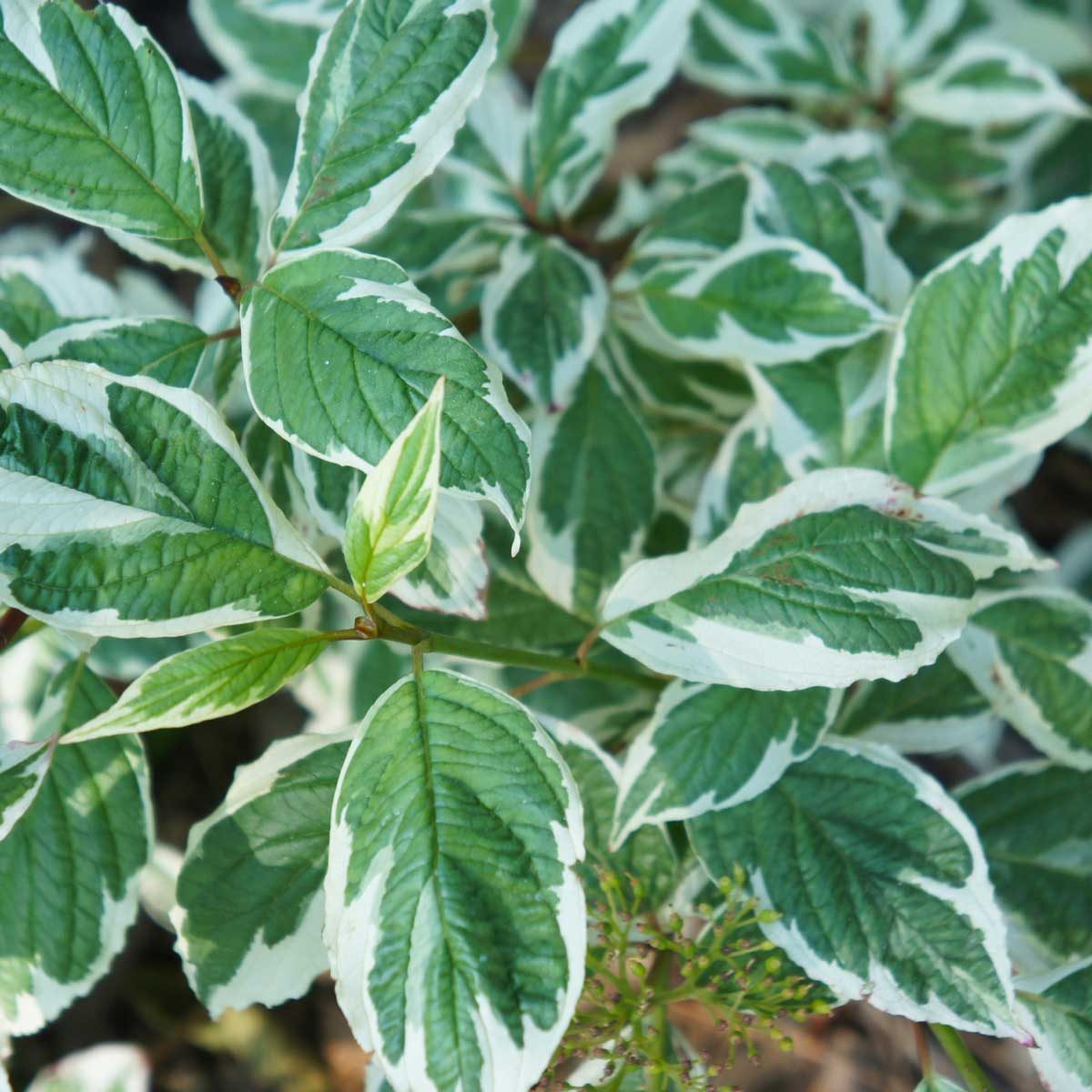
Dogwood
(Cornus species, Zones 2 to 8.)
While it steals the show in spring, this beauty has year-round appeal. It sports abundant foliage in summer, rich color in fall and berries in late fall and winter. The height varies greatly. For instance, the popular redtwig dogwood (C. alba) can be as short as eight feet, while the flowering dogwood (C. florida) reaches tree heights of 20 to 40 feet.
Why we love it: Birds love it! No matter what your space, there’s a dogwood species for you. Ask your local nursery or extension office for the best suggestions.
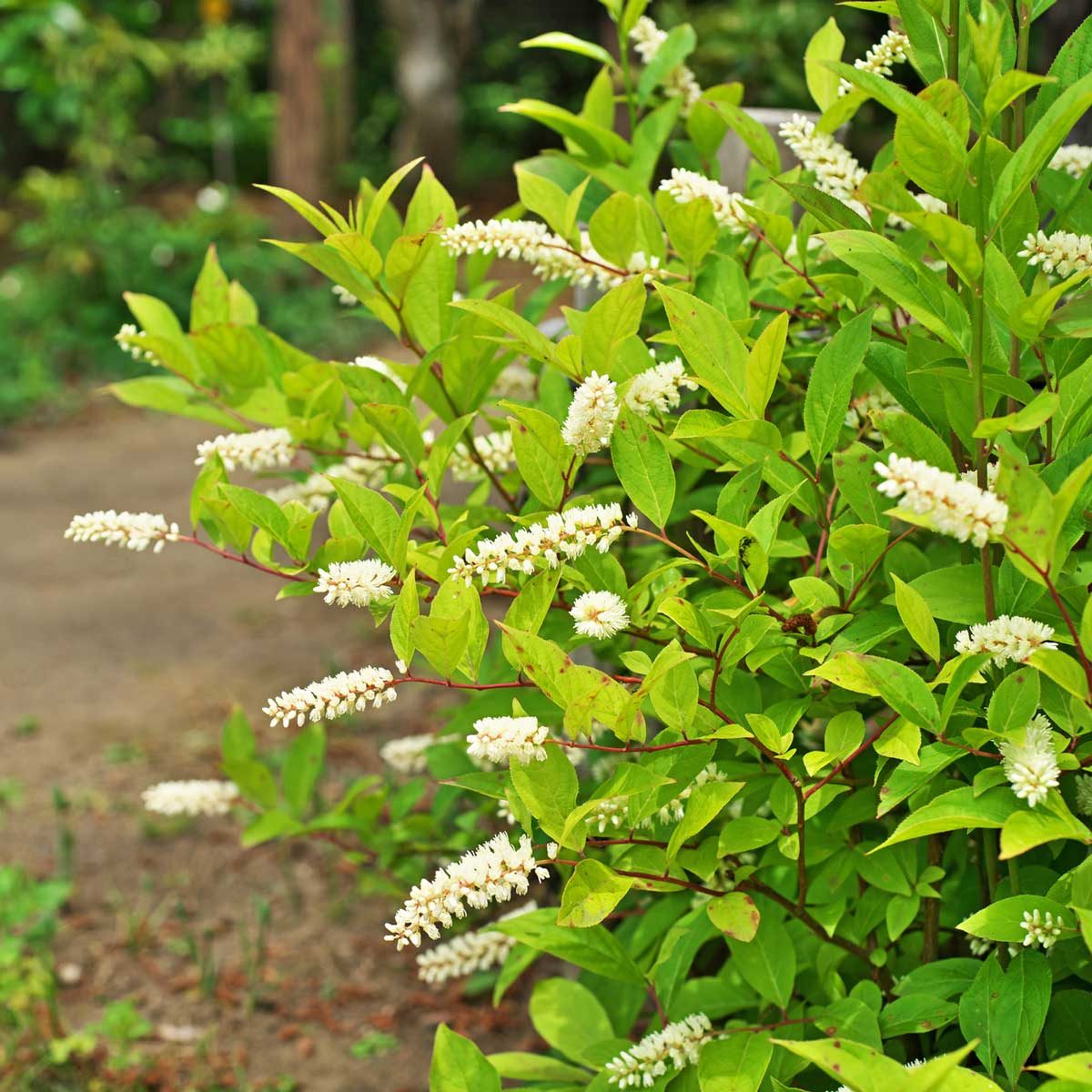
Virginia Sweetspire
(Itea Virginica, Zones 5 to 9.)
This native shrub bursts with fragrant summer flowers and vibrant fall color. It generally grows four to five feet high. And since it doesn’t have many disease or insect problems, it works in any landscape. Look for the cultivar Henry’s Garnet, a popular choice especially for Northern regions.
Why we love it: The fall color this shrub displays will give favorites such as burning bush a run for their money. The vivid red leaves often last well into fall.
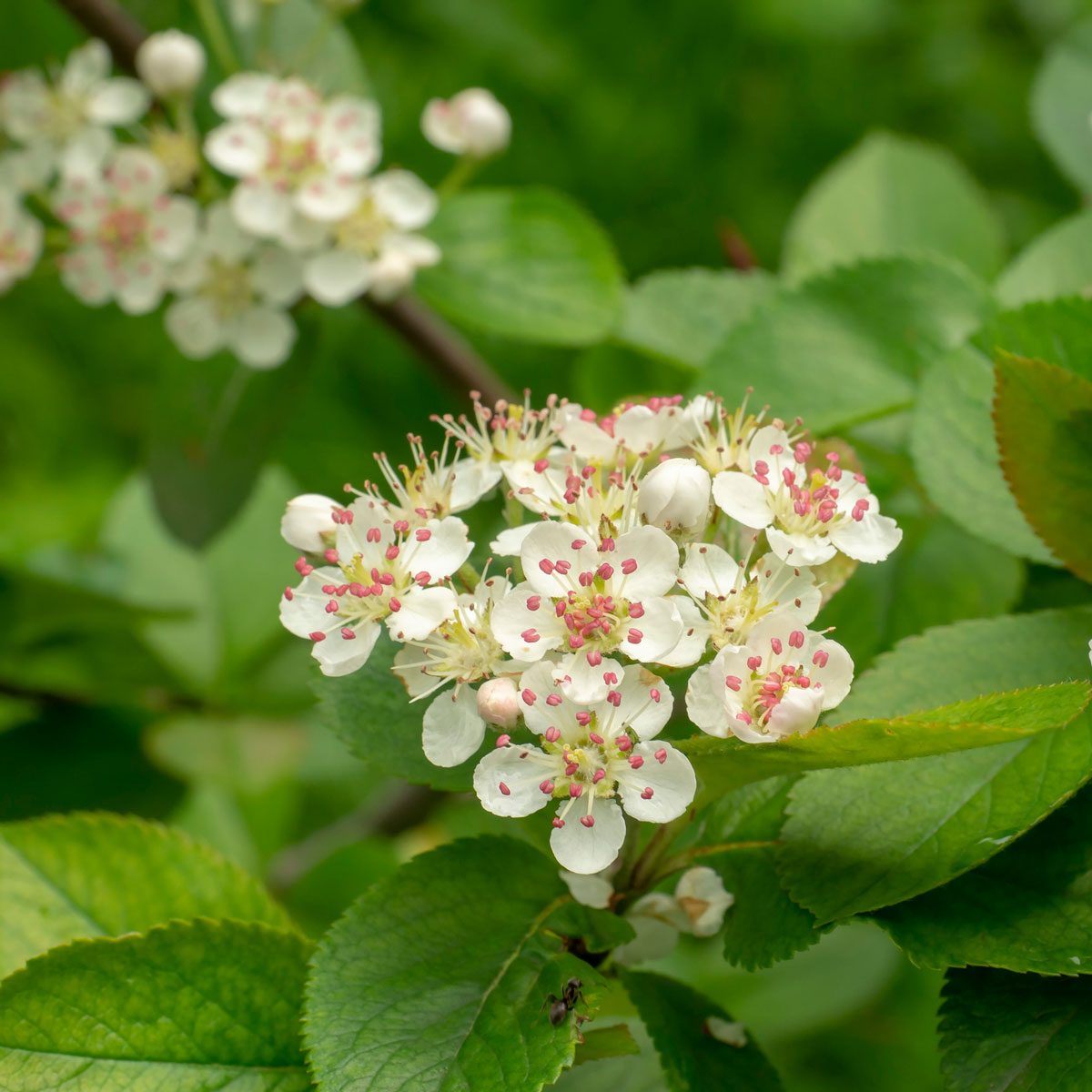
Red Chokeberry
(Aronia Arbutifolia, Zones 4 to 9)
Growing six to 10 feet high, this resilient shrub does well even in poor soil, tolerating wet and dry conditions. It has small white or slightly reddish blooms in spring, glossy foliage in summer and bright-red berries from September through November.
Why we love it: Its crimson leaves offer a gorgeous autumn display, and its bountiful red berries brighten up the drabbest winter landscape.
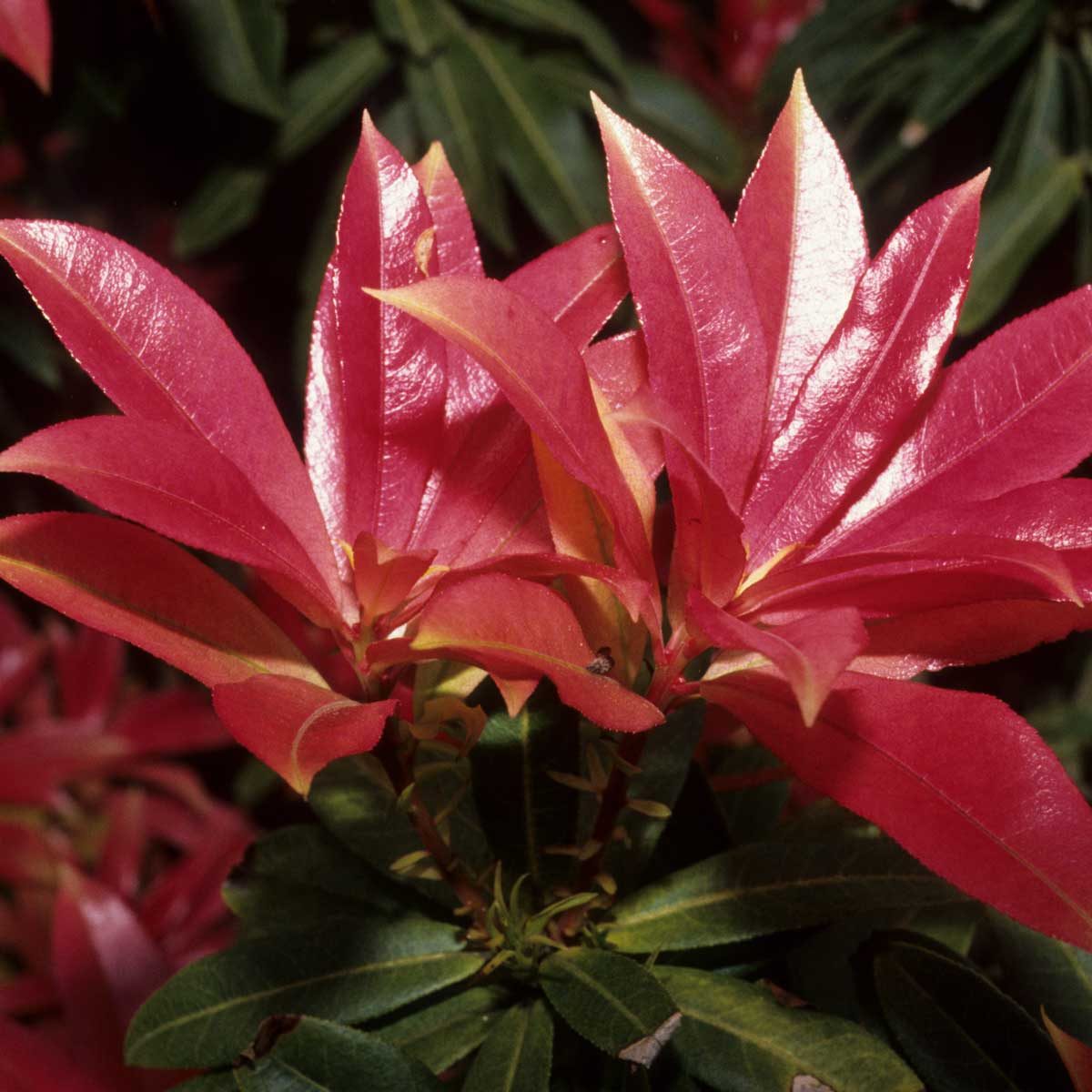
Japanese Pieris
(Pieris Japonica, Zones 5 to 8.)
If you live in the Northeast, this evergreen might be hard to establish; lace bugs seem to love it. But it does beautifully in Southern states and other areas where lace bugs aren’t such a problem. It grows nine to 12 feet tall and has lovely white blooms in early spring.
Why we love it: You can find an array of cultivars, so you’re bound to get one that’s right for your region. For example, Valentine’s Day has early blooms, and Coleman forms red flower buds that maintain their color in winter.
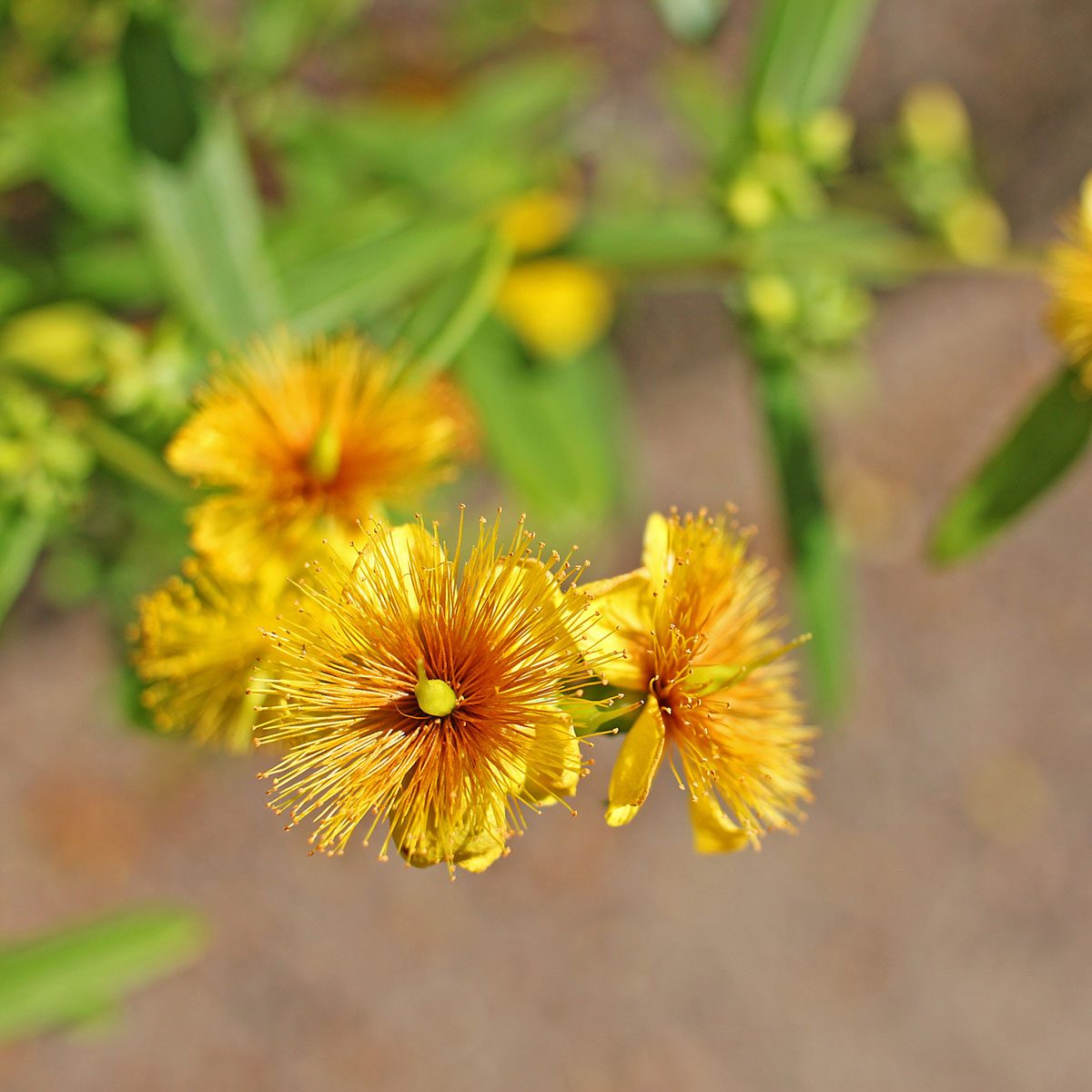
Shrubby St. Johnswort
(Hypericum Prolificum species and cultivars, Zones 4 to 8.)
Don’t let this shrub’s small size fool you. It grows only one to four feet high, but it packs a big punch, with bluish-green leaves all summer and bright-yellow blooms from late June through August.
Why we love it: This shrub is relatively disease-free. Its fruit will make a gorgeous fall and winter accent for dried arrangements.
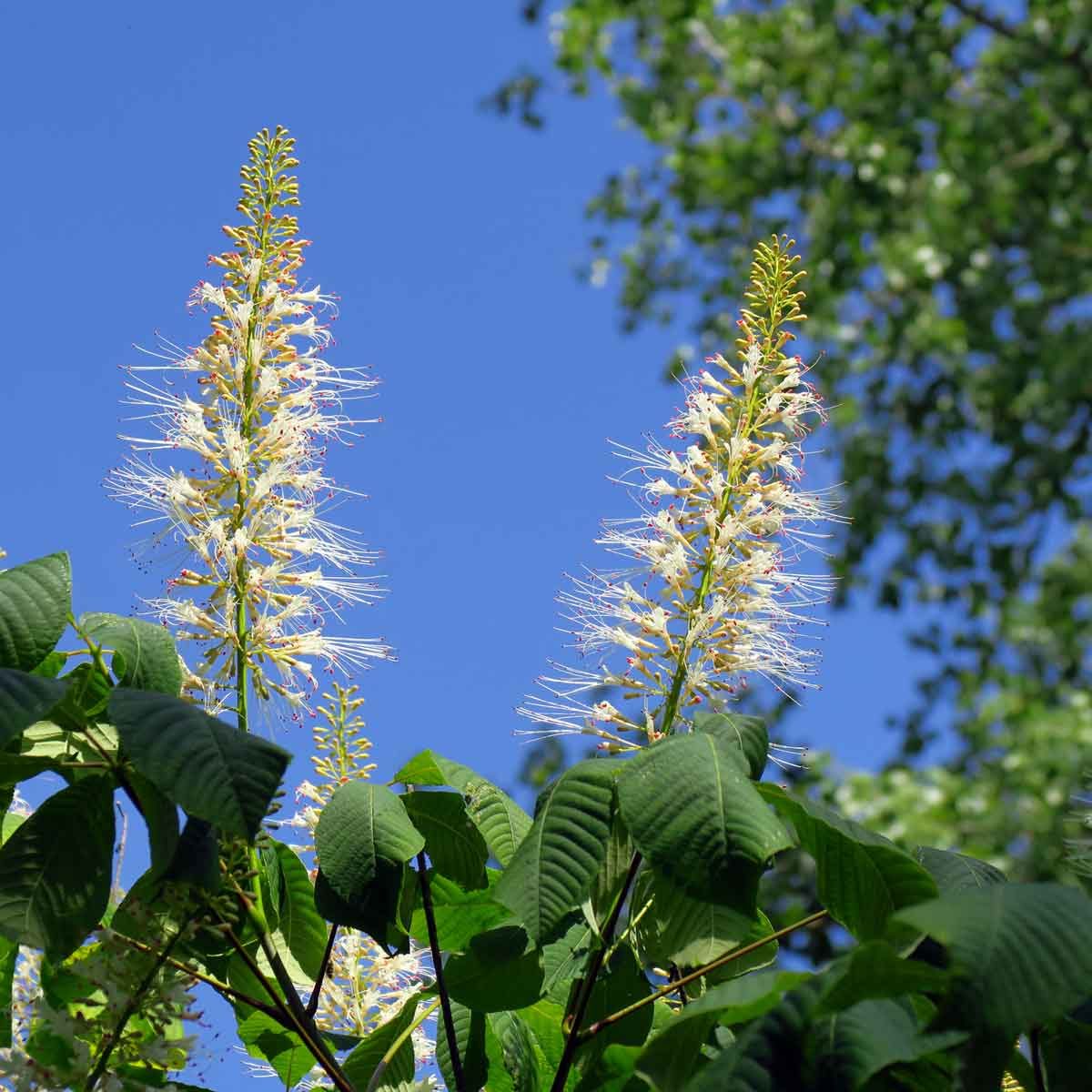
Bottlebrush Buckeye
(Aesculus Parviflora species, Zones 4 to 8.)
This distinctive shrub has abundant summer flowers, formed in panicles up to 12 inches long. It grows up to 12 feet tall and spreads another 15 feet. The medium- to dark-green leaves change to a yellow-green in fall.
Why we love it: If you have the room, this substantial shrub is the perfect addition under a large, established shade tree.
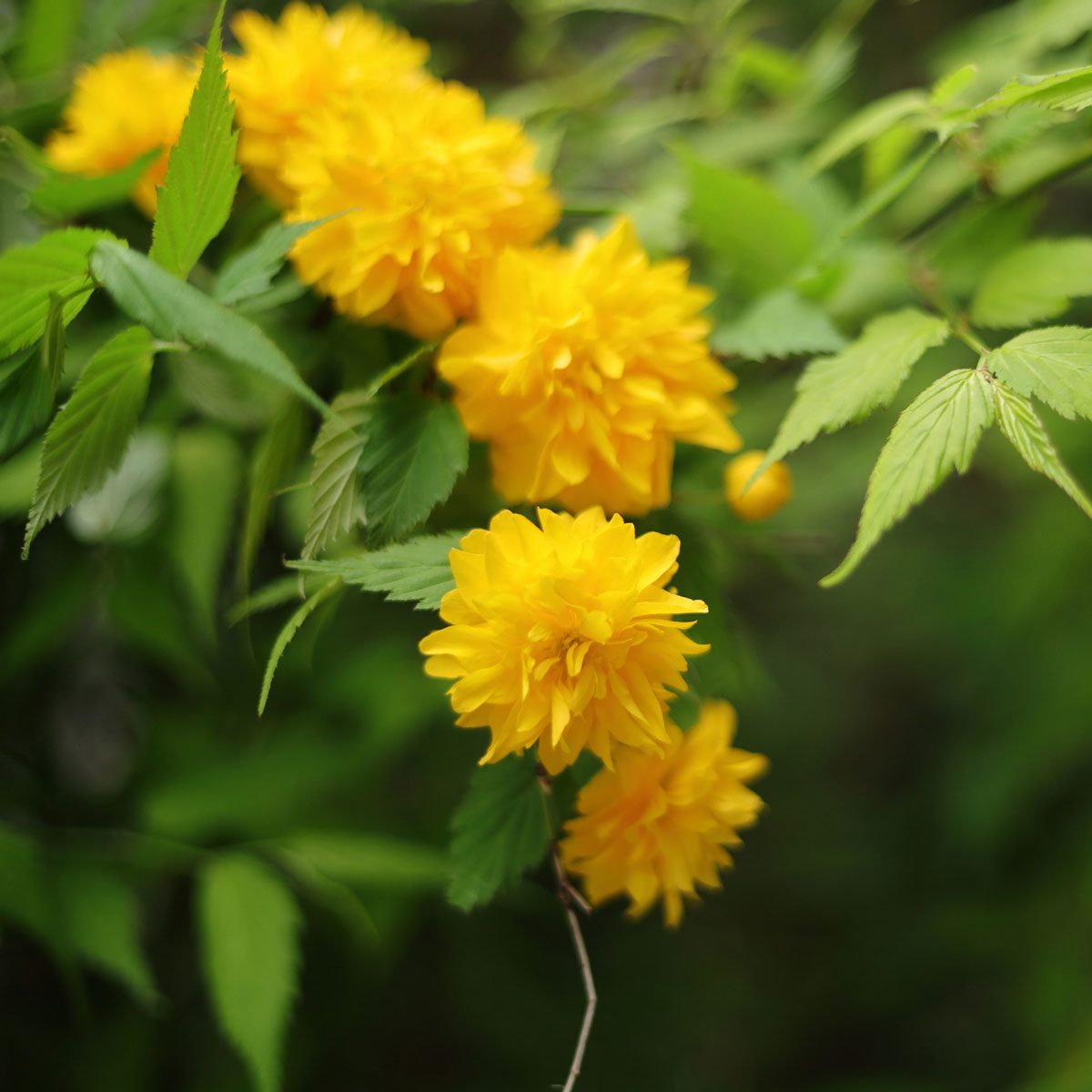
Japanese Kerria
(Kerria Japonica, Zones 4 to 9.)
If you want a shrub for shade that offers year-round color, kerria is for you! It has bright-green leaves in summer that last through most of the fall. Then the attractive yellowish-green to bright-green stems add color in winter. Finally, the bright-yellow spring blooms are stunning.
Why we love it: It’s a manageable shrub, growing three to six feet tall. Though it’s slow to start, it grows rapidly after that.
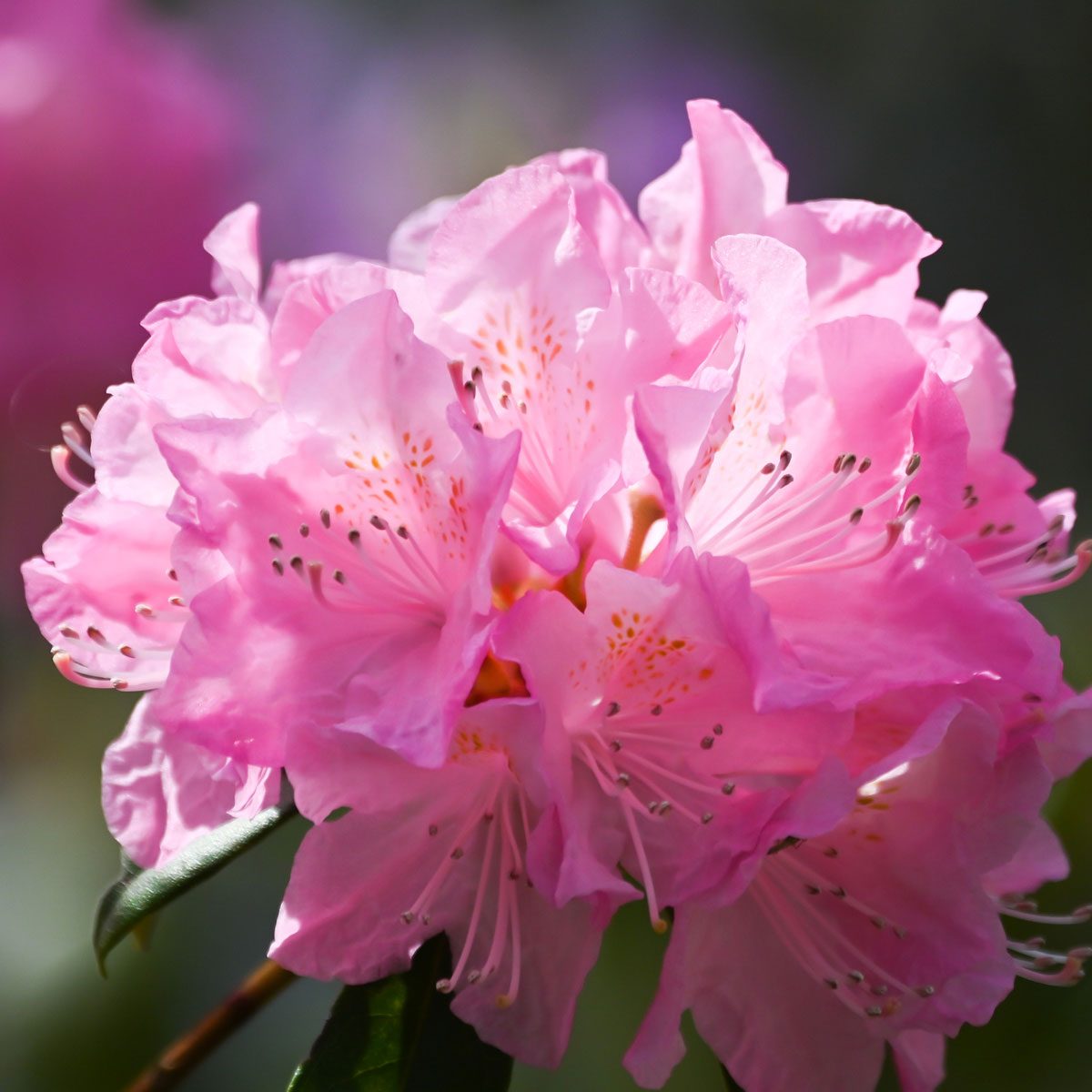
Rhododendron
(Rhododendron species, Zones 4 to 9.)
This shade shrub is so popular that it has its own fan club, the American Rhododendron Society. It’s nearly impossible to highlight the more than 900 species, but in general they grow up to eight to 10 feet high and wide. They bloom in late spring and then offer handsome foliage after that.
Why we love it: You get colorful flowers in the shade! And with all the different cultivars on the market, it’s easy to find your favorite color.

